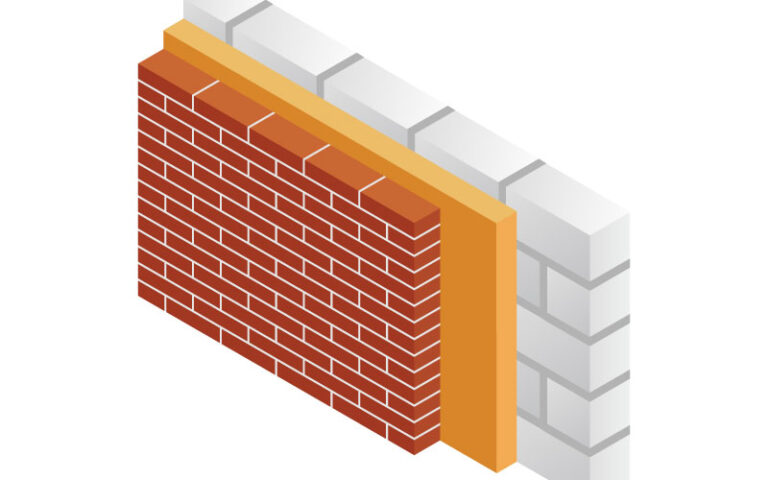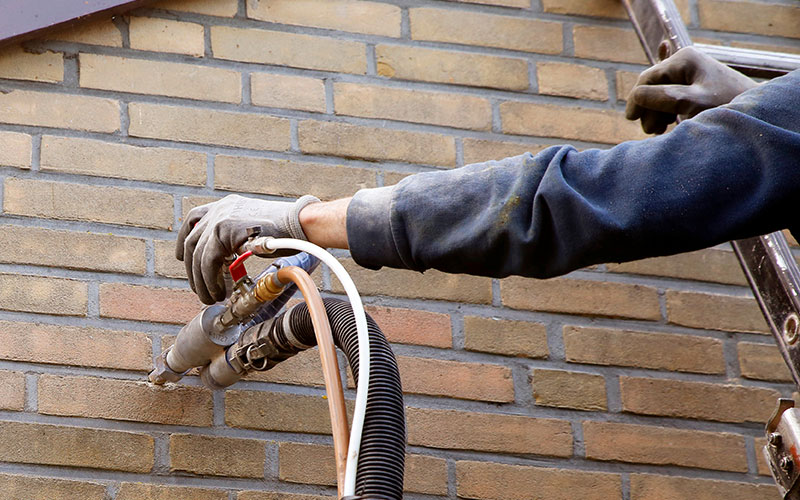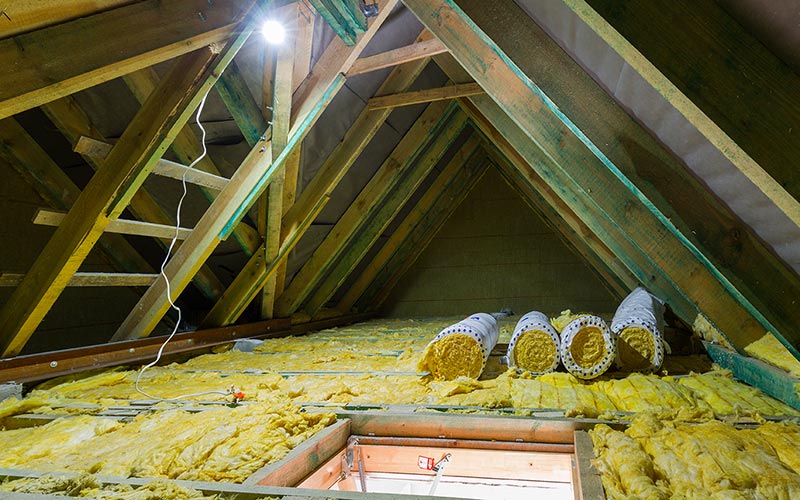Cavity Wall Insulation Grants
Cavity Wall insulation Grants arranged by us at government grants. About 35% of all heat loss from UK homes takes place through external walls. Most homes built after 1920 have twin exterior walls with a narrow cavity between them.
This can be filled with an insulating material by injecting foam or beads into the wall. This restricts any warmth passing between them, reducing the money you spend on heating.
If you’re unsure whether your walls have a cavity in them you can usually check by either looking at the pattern of bricks or by measuring the thickness of the walls next to a door or window:
If the thickness of the wall is 260mm or greater, the wall probably has a cavity.
If the brickwork is exposed, look at the brick pattern. If the bricks are all oblong, laid end-to-end then the wall is likely to have a cavity. If some of the bricks are laid with the square end facing, the wall is likely to be solid.
If the wall is stone, it is likely to be solid.
Here at Government Grants we offer a free service checking your eligibility for grants or local council funding schemes for cavity wall insulation. This applies to both tenants and home owners. With no initial obligation on your part, simply complete the form below to find out your eligibility.

Cavity wall insulation. Professional installation is a must.
Uninsulated cavity walls lose 33% or more of the heat generated within the property. So for an uninsulated house that’s £1 of heat escaping for every £3 spent heating it. If your house was built after 1930 then your property should have cavity walls which may need insulating.
It requires well maintained, specialist equipment costing several thousands of pounds to inject the insulation material – generally blown fibre – into the cavity effectively, so be sure you contract a reputable installer to carry out the work, one who fuly guarantees their work.
With the right equipment, handled by experienced installers, the whole process should take between 2-3 hours depending on the size of the property. The Energy Saving Trust estimates that an annual saving of £250 is achieved on an average detached house in the UK.
Cavity Wall & Loft Insulation Grants Enquiry Form
To see if you are eligible and apply for a grant, please complete the form below.
"*" indicates required fields


